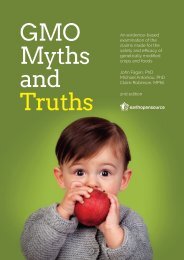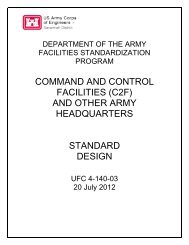1923%20Memoir%20on%20Maps%20of%20Chinese%20Turkistan%20by%20Stein%20s
1923%20Memoir%20on%20Maps%20of%20Chinese%20Turkistan%20by%20Stein%20s
1923%20Memoir%20on%20Maps%20of%20Chinese%20Turkistan%20by%20Stein%20s
Create successful ePaper yourself
Turn your PDF publications into a flip-book with our unique Google optimized e-Paper software.
Sec. i] COMPILATION OF MAPS 67<br />
It need scarcely be emphasized that in view of t.he disproportion betwecfn the great<br />
extent of the areas rcpresented and the coml~aratively small number of observed elevations,<br />
&his contouring can only bc roughly approximate. In areas practically flat to the eye, such<br />
as the Taklamakin desert and the Lop del)resbion, wherc the available data are altogether<br />
inadequate, no contollring has been attempted. Where mountainoucl ground co~lld he surveyed<br />
only from a considerable distance and its features only roughly sketched, contours have been<br />
shown in broken lines.<br />
SECTION 11.-REPltESENTATION OF PEIYSICAL DETAILS<br />
The use of approximate contours has apart from other advantages facilitated the rough<br />
distinction of those portions of high mountain ranges which bear perpe-<br />
Of sno\v. perpetual tual snow. They have been shown by contours in a xreenish-grey tint<br />
instead of brown used elseu.hrre. In the selection of the contour above<br />
which the slopes of mountains !la\-e been treatel as 'snowy ', I was guided solely by the<br />
observat,ions recorded at the ti111e on tllc plane-table and in descril~tive notes or ~thotographs.<br />
Help from the last two sources was not available in the case uf areas which I had not personally<br />
visited. Considering that ottscrvations were orclinarily possible only at one time of<br />
the year, not necessarily the most b~~italtle for the purpose, aocl that in many cases they were<br />
made only on one side of a ~~artieular range, the estimated level of the snow-line can repre-<br />
sent only a rude al~proximation. This level varies greatly in the different ranges, sometimcs<br />
ever1 within the limits of a single map sheet. In the Nates of Chapter IV, the varying levels<br />
adopted for the snow-line have been indicated for facility of reference.<br />
In this connection I may refer also to the difficulty of distinguishing permanent snom-<br />
beds from glaciers where ranges were surveyed only from a distance or<br />
Permnnsnt sno~v.brds<br />
glaciers, ~itliout personal s~lpervision on my part. Cases of the latter kind,<br />
n~llere I have reason to doubt \vhetller the glaciers shown by the surveyors<br />
on their plane-tables were more than snow-beds, have been specially indicated in the iVo/es of<br />
Chanter IV. The indication of zlaciers bv form-lines in blue coutours conforms to that in<br />
modern topogra~)hical maps or the Surrey of India.<br />
In accordance with the practice introduced by the Survey of India in its topographical<br />
maps since 1908, permanent water-forms, i. e. those portions of rivers,<br />
Permnnent nntrr-fornls<br />
shown ,,, blue. streams and lakes which generally contain water, together with their<br />
letteriug, have been shown in blue. This distinction had not heen<br />
observed in the surveys of the first and second journeys preceding that change. For making -<br />
this distinction in the new maps in respect of areas surveyed before 1913 it was necessary to<br />
fall back upon my personal records and knowledge of the ground or the recollection of R. B.<br />
Li1 Singh. The task was, I~on.erer, rendered easier by the uniformity of physical conditions<br />
prevailing within each of the main regions and by the fact that considerable portions of<br />
previously surveyed ground were passed through again on the third journey, though on<br />
different routes.<br />
In the case of large beds containing rivers or carrj ing at times considerable floods I<br />
have thought it usefill to introduce some minor tlistinctions. Those<br />
Dirt,inctinn of<br />
riswr beds. portions of a river in which the bed is completely tilled for the greater<br />
part of the year, have been shown with blue stipple over the whole space<br />
between the banks. In the case of portions where the water channel, sometimes very narrow,<br />
ordinarily occupies only a part of the bed, the blue stipple has been confined to a strip of<br />
varying width. Finally those river-beds which, except at times of great flcod~, do not contain<br />
a continuous water channel, yet in which water can always be found either in pools and<br />
springs or as subsoil drainage, have been shown white with both banks in blue. ' It is<br />
1 For illustration of these distincti






